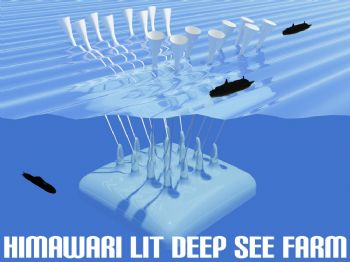
According to the
Bloomberg news agency, China is stepping up its efforts to design and build a manned deep-sea platform so that it can search for minerals in the South China Sea, which is one of the world’s busiest
shipping routes.
China’s claims to more than 80% of the waters — plus the creation of artificial islands covering 3,200 acres — have led to tensions with countries such as Vietnam and the Philippines. They has also led the USA to send ships from its Seventh Fleet to ensure freedom of passage through an area that carries $5.3 trillion of global trade a year.
Described as an “oceanic space station”, the platform would be located 9,800ft below the surface, according to a recent China Science Ministry video presentation.
The project is mentioned in China’s current five-year economic plan (released in March), where it is ranked number two on a list of the country’s science and technology priorities. The relevant authorities recently examined the project and decided to accelerate it, according to the presentation.
While China’s wish to hunt for natural resources is the main driving force behind the project, the Science Ministry has said that the platform would be movable and could be used for military purposes.
China has proposed a network of sensors called the Underwater Great Wall Project to help detect US and Russian submarines.
Bryan Clark, a senior fellow at the Center for Strategic and Budgetary Assessments, said: “Having a long-term inhabited station has not been attempted this deep, but it is certainly possible. Manned submersibles have gone to these depths for almost 50 years. The challenge will be operating it for months at a time.”